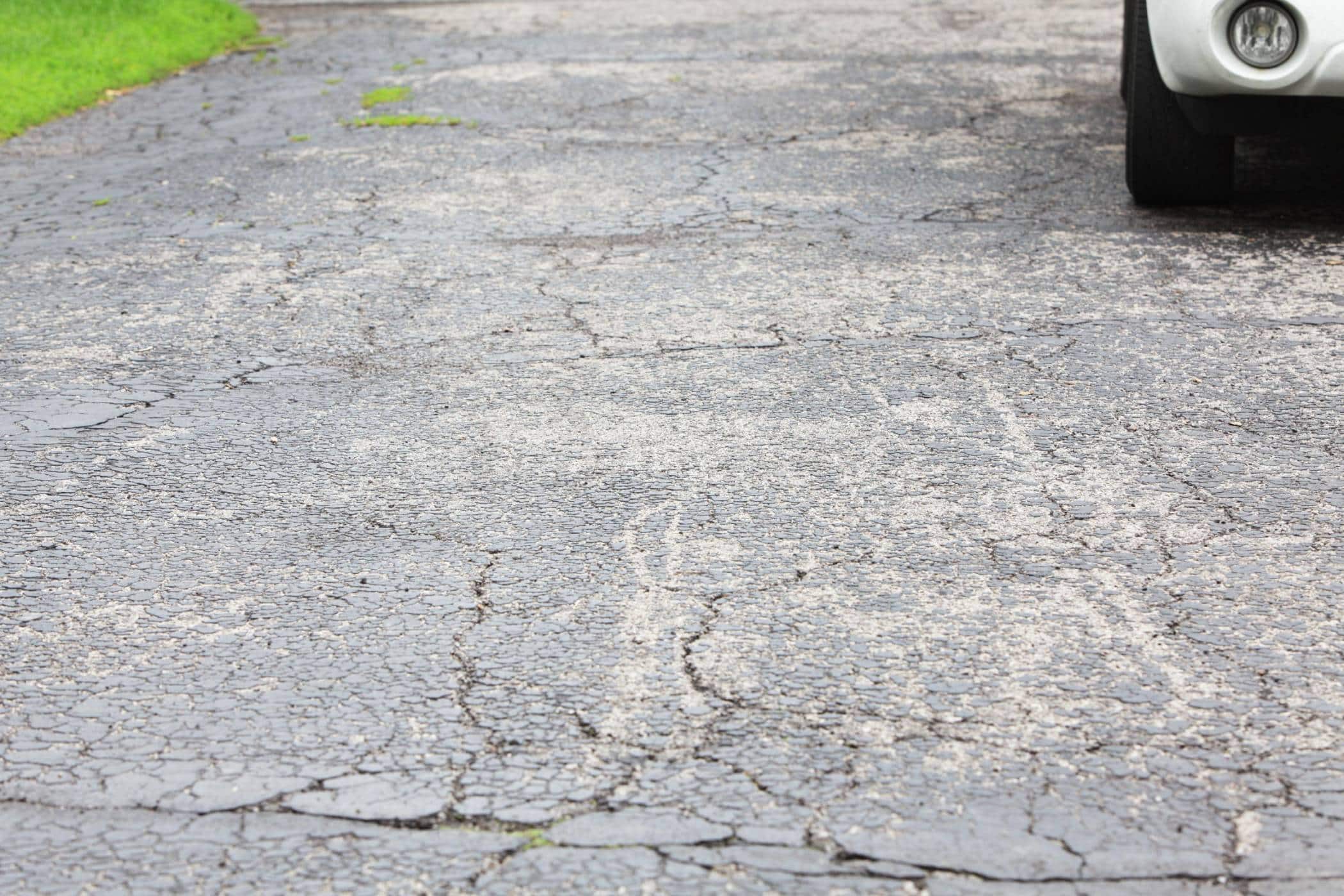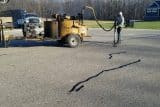How Weather Impacts Your Asphalt And What You Can Do About It
General
4 weeks ago
Asphalt is one of the most durable and cost-effective materials used for driveways, parking lots, and roads. However, like all materials exposed to the elements, asphalt can be significantly impacted by weather conditions.

Whether it’s the harsh winter cold, the intense summer heat, or the effects of rain and snow, weather plays a major role in the condition of your asphalt. In this post, we’ll explore how weather impacts your asphalt and what you can do to prevent and repair asphalt weather damage.
Understanding Asphalt Weather Damage
Asphalt weather damage occurs when the surface of the asphalt is affected by various environmental factors, such as temperature fluctuations, moisture, UV rays, and chemicals.
Over time, these elements break down the structure of the asphalt, leading to cracks, potholes, and surface erosion.
The severity of asphalt weather damage can vary depending on your geographical location and the types of weather conditions your asphalt is exposed to.
How Different Weather Conditions Affect Asphalt
Extreme Cold and Freezing Temperatures
When the temperature drops below freezing, water can seep into cracks in the asphalt. As the water freezes, it expands, causing the cracks to widen. This process, known as “freeze-thaw,” can cause severe asphalt weather damage, leading to the formation of potholes and further cracking.
Additionally, ice and snow accumulation on the surface can put extra pressure on the asphalt, accelerating deterioration.
Hot Weather and UV Exposure
During hot summer months, the sun’s UV rays can break down the binder in asphalt, causing the surface to become brittle and faded. Asphalt absorbs heat, which can cause the material to soften, leading to ruts and indentations caused by heavy traffic.
Over time, the constant exposure to UV rays can cause the asphalt to crack and lose its structural integrity, contributing to asphalt weather damage.
Rain and Moisture
While rain is essential for the environment, it can be one of the most damaging elements to asphalt. When rainwater seeps into cracks and crevices, it can erode the surface and weaken the asphalt.
Prolonged exposure to water without proper drainage can also cause moisture to break down the binder in the asphalt, leading to further cracking and degradation. Without protection, the presence of moisture can accelerate the process of asphalt weather damage.
Snow and Ice
Snow and ice can cause significant asphalt weather damage, especially in regions that experience harsh winters. Salt used for deicing can seep into the asphalt, weakening its structure and leading to surface erosion.
Additionally, when snow melts and refreezes, it can cause the asphalt to crack further. The freeze-thaw cycle also exacerbates the damage by repeatedly expanding and contracting the asphalt.
What You Can Do to Prevent Asphalt Weather Damage
While weather can have a major impact on your asphalt, there are steps you can take to prevent or minimize asphalt weather damage and extend the life of your surface.
Sealcoating
One of the most effective ways to protect your asphalt from weather damage is to apply sealcoat. Sealcoating creates a protective barrier that helps shield the asphalt from moisture, UV rays, chemicals, and other weather-related wear and tear.
By regularly sealcoating your asphalt, you can reduce the risk of cracks, fading, and potholes caused by the elements.
Regular Inspections and Maintenance
Routine inspections can help identify potential problems before they become major issues. Look for cracks, holes, or areas where water may be accumulating.
If you notice any damage, address it as soon as possible to prevent further deterioration. Regularly cleaning your asphalt and removing debris will also help prevent moisture buildup and erosion.
Repair Cracks Promptly
Cracks are one of the most common signs of asphalt weather damage. Left untreated, cracks can allow water to seep into the surface, leading to further damage.
Promptly sealing cracks will prevent water infiltration and stop the cracks from spreading, extending the life of your asphalt.
Proper Drainage
Ensuring that your asphalt surface has proper drainage is crucial in preventing moisture-related damage. Install or maintain drainage systems to redirect water away from the surface and avoid pooling, which can cause the asphalt to break down.
Proper drainage helps reduce the effects of rain and snowmelt on your asphalt.
Limit Salt Usage in Winter
Since we live in an area where snow and ice are common, it’s important to try to limit the use of deicing salt. While salt can help prevent slipping, it can also contribute to asphalt weather damage.
Use alternatives like sand or consider applying a protective coating to the asphalt to guard against the harmful effects of salt.
Ready to Protect Your Asphalt?
Asphalt weather damage is an inevitable part of having asphalt surfaces exposed to the elements. However, by taking preventive measures like sealcoating, regular maintenance, and prompt repairs, you can significantly reduce the impact of weather on your asphalt.
The key to preventing costly repairs and extending the life of your asphalt is to stay proactive and address any signs of damage early on. By protecting your asphalt from the weather, you ensure it stays strong, durable, and functional for years to come.
If you’re looking to protect your asphalt or need repairs, contact Super Seal today for professional services that will help safeguard your surface from weather damage.



